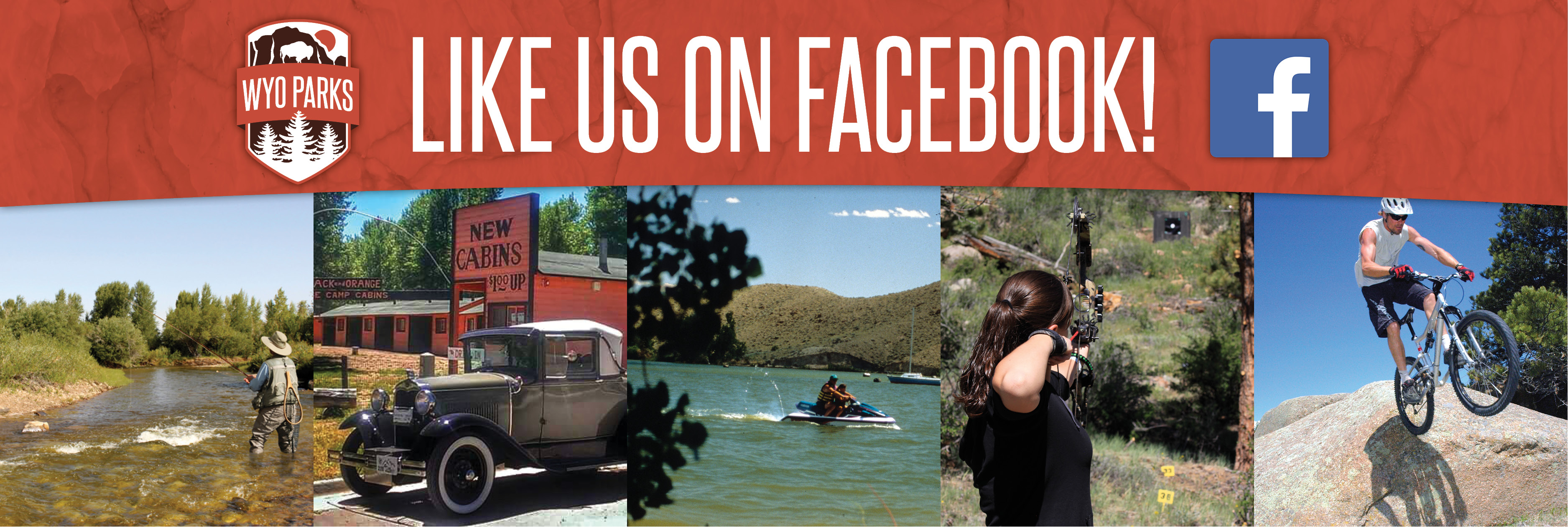
Snowmobile Safety & Training - Trails
Snowmobile Safety Tips
The State of Wyoming -Trails Program is an active and voting member of the https://www.snowiasa.com/ which is a self-organized, nonprofit organization comprised of snowmobile program administrators representing 27 US states, 10 Canadian Provinces, 3 Canadian Territories, and 1 European Country, Sweden, to facilitate communications among administrators. The organization evolved out of a meeting held in Minneapolis, Minnesota, in May 1974. IASA promotes sound management of recreational snowmobiling throughout North America, including snowmobile safety; uniformity and enforcement of laws, rules, and regulations; International, Federal, State, Provincial, and Territorial cooperation and coordination; harmonious relationships with the environment and wildlife; the collection, development, and dissemination of information; in collaboration with other trail user groups. The organization meets annually, normally in conjunction with the International Snowmobile Congress (ISC).
IASA is the leading source providing statistics, guidelines, and resources to its membership and the snowmobile users aligned with IASA. Past, current, and ongoing resources include IASA's International Snowmobile Directory, Guide to Snowmobiling in the USA and Canada by State and Province, Guidelines for Groomer Operator Training, Guidelines for Snowmobile Trail Signing and Placement, Renting Snowmobiles Successfully: A Guide to Best Business Practices, safety videos used with the Snowmobile Safety and You Manual, and Snowmobile Safety Education Minimum Guidelines.
Online Training and Resources
Know your capabilities and limitations
Tips
Use common sense and good judgement. This sport is so exhilarating that the loss of these capabilities can be dangerous. Use the "buddy system". Dont go alone.
Come prepared:
- Know the area, the weather, your route and the condition of your own body and equipment.
- Start with a sensible check list of proper clothing, equipment and safety gear.
- Know how to repair your machine and carry a repair kit along with extra spark plugs, drive belt, a roll of twine and a knife. The last two items can be life savers if you need to improvise snowshoes or a shelter with branches.
- Take light, high calorie foods and layers of high quality, insulated clothing that can be adapted to all weather changes. Remember your boots and helmet.
- Know the basic principles of map and compass reading and use them. Drive only until you have a half a tank of gas left, then GO BACK. Gas stations dont come by very often.
- Let a friend or relative know you are taking a snowmobile trip, then inform them of your planned route as well as departure and return times. Stick with the plan. If it changes, let them know and always check in upon return.
- Snowshoes might be added to your equipment list for each individual in case your snowmobile happens to break down and you have to walk out.
- If traveling avalanche prone areas, include a collapsible pole for probing and plastic shovel.
- Stay on the right side of the trail as snowmobile trail rules are similar to highway rules.
- Do not drink alcohol and ride. Please remember the time to have a drink is when you are safely back at the trailhead after a fantastic day of breaking Wyoming powder.
- Do not speed on the trail. Drive responsibly. Let's all do everything we can to keep snowmobiling safe for everyone.
Safety Issues
Dressing Right
Wear layers of clothing so that you can add or remove a layer or two to match changing conditions. Remember, Wyoming weather can change several times a day! Be prepared. Wear a helmet and eye protection. Wind, snow and sun can be hard on your eyes without a face shield or sun glasses.
Avalanche
There is little danger of avalanches on the marked trails. However, for off-trail travel, be aware of the topographic features and snow and weather conditions that increase sliding potential. Please visit the Bridger-Teton avalanche hotline. on the web or call 307-733-2664 for the latest avalanche report. Also you may visit the Forest Service Avalanche Forecast List for other areas of interest
Alcohol and Snowmobiling Simply Do Not Mix
Forget the myth that alcohol warms up a chilled person. It opens up the blood vessels and removes the feeling of chill but it does nothing to increase body heat. Instead, it can increase the risk of hypothermia, a dangerous lowering of the bodys core temperature.
Alcohol increases fatigue, fogs your ability to make good decisions and slows your reaction time. Its part of the formula for disaster, and drinking and driving is a against the law!
Hypothermia
Exposure could be a substitute word for "hypothermia" and is associated with winter. Problems caused by exposure, however, occur during times when the weather is not extremely cold.
Four primary factors contribute to hypothermia:
- Cold (not necessarily severe)
- Wetness (rain, snow, water immersion or condensed precipitation)
- Wind (chill factor)
- And exhaustion and/or lack of preparedness

Symptoms include uncontrolled shivering, vague or slurred speech, fumbling hands or stumbling gait, memory lapses, drowsiness and apparent exhaustion.
Combat hypothermia by being prepared with high quality, insulated clothing (wool or synthetic fibers), adequate knowledge and emergency rations.
Ice Follies
Drowning is a leading cause of snowmobile fatalities. Wherever possible, avoid riding on frozen lakes and rivers because ice conditions are never a safe bet. If you must cross ice, check it out first on foot. Stay on the packed or marked trail. Dont stop until you reach shore. If you hit slush, dont let off on the throttle. If you are following someone who hit slush, veer off to make your own path. As a rule of thumb, "If you dont know, dont go".
Whiteout Conditions
Whiteout can occur when a sudden snowstorm hits you. The snowfall is so heavy that visibility is zero. Experience cannot prevent you from getting lost during a whiteout. If you are caught in the middle of one, the best bet is to stop and STAY WITH YOUR MACHINE. Wait until the condition lessens.
Flat light
The white-against-white situation makes it difficult to judge distances and changes in the terrain, particularly when traveling on a rapidly moving vehicle. Reduce your speed, keep a sharp eye out for abrupt drop-offs or other changes in the terrain. Stay on the trail. Wear amber lenses glasses or a face shield to increase the contrast and improve visibility.
Frostbite
Frostbite is caused by exposure of inadequately protected flesh to subfreezing conditions. Tissue damage occurs because of reduced blood flow to the extremities. Symptoms include loss of feeling and a dead-white appearance of the skin. Treatment: restore body temperature rapidly as possible by providing external heat. Immerse affected body part in water less than 110 degrees, use a hot water bottle or heat from a campfire. Affected parts should be covered. Do not rub or apply pressure to affected areas and not apply snow or attempt to thaw in cold water.
Maintenance
You have two good guides available for snowmobile maintenance: the owner's manual that came with your machine and your dealer. Consult both to make sure your machine is kept in top form for dependable, enjoyable fun.
Take a Friend
Don't snowmobile alone. Not only is snowmobiling more fun with family and friends, it is safer too.
Snowmobile
More Information





























































